Frequently Asked Questions
1. What is the most important aspect to consider when selecting a pocket knife?
2. What are the benefits of stainless steel for pocket knife blades?
3. What are the advantages of using carbon steel for pocket knives?
4. What is tool steel and why is it used in knife making?
5. What additional factors should be considered when choosing blade material?
When selecting a pocket knife, one of the most crucial aspects to consider is the blade material. The right material can directly influence the knife's performance, durability, and user satisfaction. In this guide, we will explore the best materials for pocket knife blades and provide valuable insights to help you make an informed decision for your next purchase of handmade knives. Let's delve into the world of knife blades and discover what makes them exceptional.
Understanding Blade Materials
The blade material not only affects the cutting performance but also determines the knife's ability to hold an edge, resist corrosion, and withstand wear and tear. Here are some of the most commonly used materials for pocket knife blades:
Stainless Steel
Stainless steel is a popular choice for pocket knife blades due to its excellent corrosion resistance and strength. The alloy typically contains chromium, which helps prevent rusting and ensures durability. Here are the benefits of stainless steel:
- Corrosion Resistance: Ideal for outdoor use and wet conditions, making stainless steel a favorite among casual users.
- Ease of Maintenance: This material requires minimal upkeep compared to carbon steel.
- Affordability: Stainless steel knives are often more budget-friendly than their high-carbon counterparts.
Common types of stainless steel used in handmade knives include 420HC, 440C, and VG-10. Each type has its own unique properties, making them suitable for various applications.
Carbon Steel
Known for its superior edge retention, carbon steel is another top contender when discussing pocket knife blades. This material consists of iron and carbon and often produces a sharp, long-lasting edge. However, it does require more maintenance due to its tendency to rust. Here are some of the advantages and disadvantages:
- Sharpness: Carbon steel can be honed to an extremely sharp edge, making it ideal for precision cutting.
- Edge Retention: It holds its edge longer than stainless steel, reducing the frequency of sharpening.
- Rust Potential: Carbon steel blades are prone to rust without proper care, so ensure you wipe them dry and store them in a dry area.
Popular carbon steel options for handmade knives include 1095, 1084, and O1, each offering various benefits for different uses.
Tool Steel
Tool steel is an advanced material designed to withstand heavy use and exceptional stress. This high-performance steel combines high carbon content with various alloying elements, resulting in highly durable blades. The most common tool steels used in knife making include D2 and A2:
- D2 Steel: Known as a semi-stainless steel, D2 provides excellent edge retention and resistance to wear, making it a popular choice for heavy-duty knives.
- A2 Steel: Offers tremendous toughness with good edge retention, making it suitable for tasks requiring heavy-duty cutting actions.
While tool steel can be more challenging to sharpen than other materials, its resilience and durability make it a worthy investment in the realm of handmade knives.
Other Considerations for Blade Materials
While the type of steel is important, there are several additional factors to consider when selecting the best material for your pocket knife blade:
Heat Treatment
The heat treatment process can significantly impact the blade's hardness, toughness, and corrosion resistance. Knives that are properly heat-treated can maximize the benefits of the materials used, leading to enhanced performance. Be sure to purchase handmade knives from reputable manufacturers that prioritize this crucial step.
Blade Geometry
The shape and thickness of the blade also play a vital role in its effectiveness. Thinner blades are typically better suited for slicing tasks, while thicker blades excel in prying and heavy-duty cutting. Look for designs that cater specifically to your intended use.
Choosing the Right Blade Material for You
With so many options available, how can you determine which blade material is best for your specific needs? Here’s a handy checklist:
- Usage: Consider what tasks you’ll use the knife for. Everyday carry (EDC), camp use, or food preparation all have different requirements.
- Maintenance: Are you willing to put in the time to maintain a high-carbon blade, or do you prefer a low-maintenance stainless steel option?
- Budget: High-performance materials often come with a higher price tag. Determine a budget that aligns with your expectations.
By carefully considering these factors, you'll be equipped to choose the right pocket knife that meets your lifestyle and performance needs.
The Future of Pocket Knife Blades
As technology advances, new materials and manufacturing processes continually emerge in the knife industry. From high-tech composites to innovative alloy blends, the future of pocket knife blades looks promising. Here's a glimpse of what may be on the horizon:
Advanced Alloys
Blade makers are increasingly exploring proprietary alloys designed for specific performance characteristics. These advanced materials may provide enhanced toughness, corrosion resistance, or edge retention beyond traditional options. Keep an eye on the market for handmade knives using these cutting-edge materials.
Alternative Materials
Some manufacturers are experimenting with alternative materials such as ceramic and titanium. Each has its advantages and challenges but could change the way we perceive pocket knives.
For example, ceramic blades are exceptionally hard and can stay sharper for longer but are prone to chipping or breaking. Titanium, while lightweight and resistant to corrosion, can be challenging to sharpen effectively. As always, research thoroughly and understand the benefits and limitations of these materials before making a purchase.
Final Thoughts: Crafting Your Perfect Pocket Knife
Your pocket knife is more than just a tool—it's a companion for your daily adventures. By understanding the various materials available for blade construction, you can make a more informed decision tailored to your lifestyle and preferences. Whether you opt for stainless steel, carbon steel, or an advanced alloy, ensure that the knife you choose is high-quality and fits seamlessly into your everyday life.
Explore our collection of handmade knives today and find the perfect pocket knife that suits your needs and style. Your next adventure awaits!






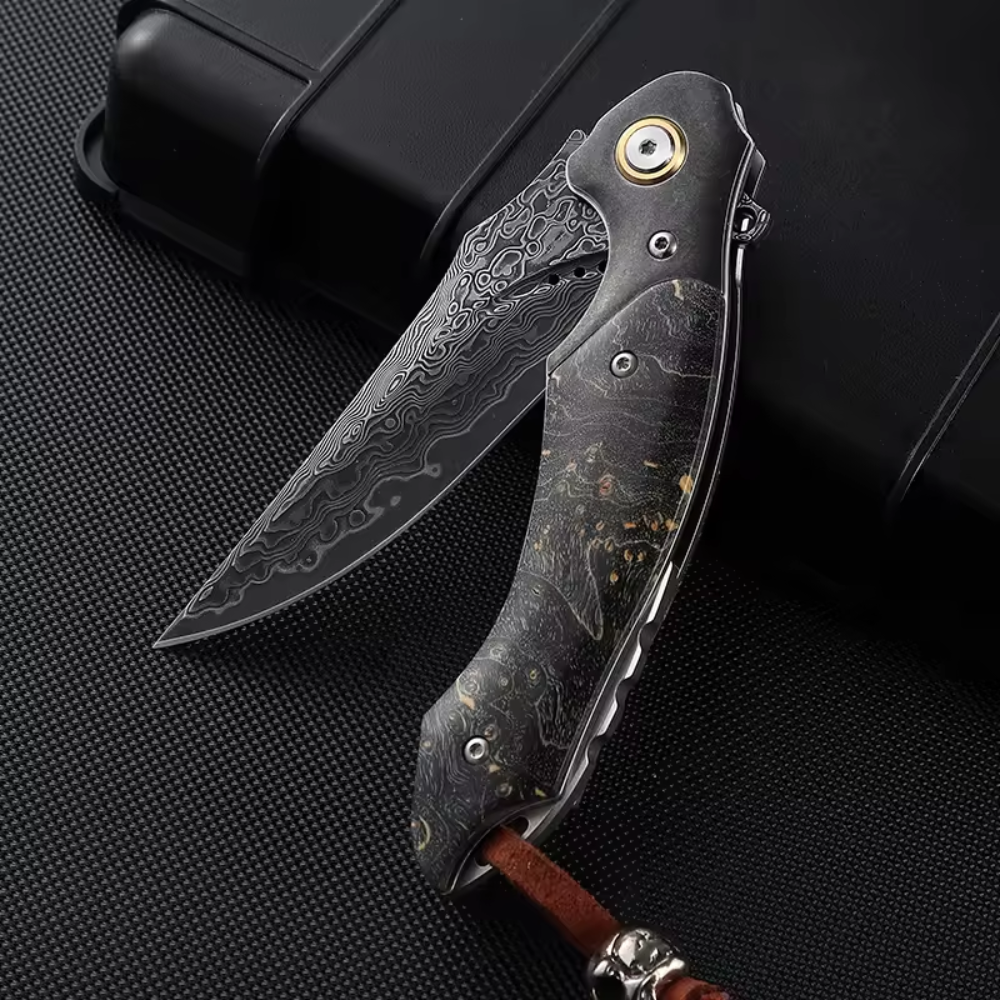
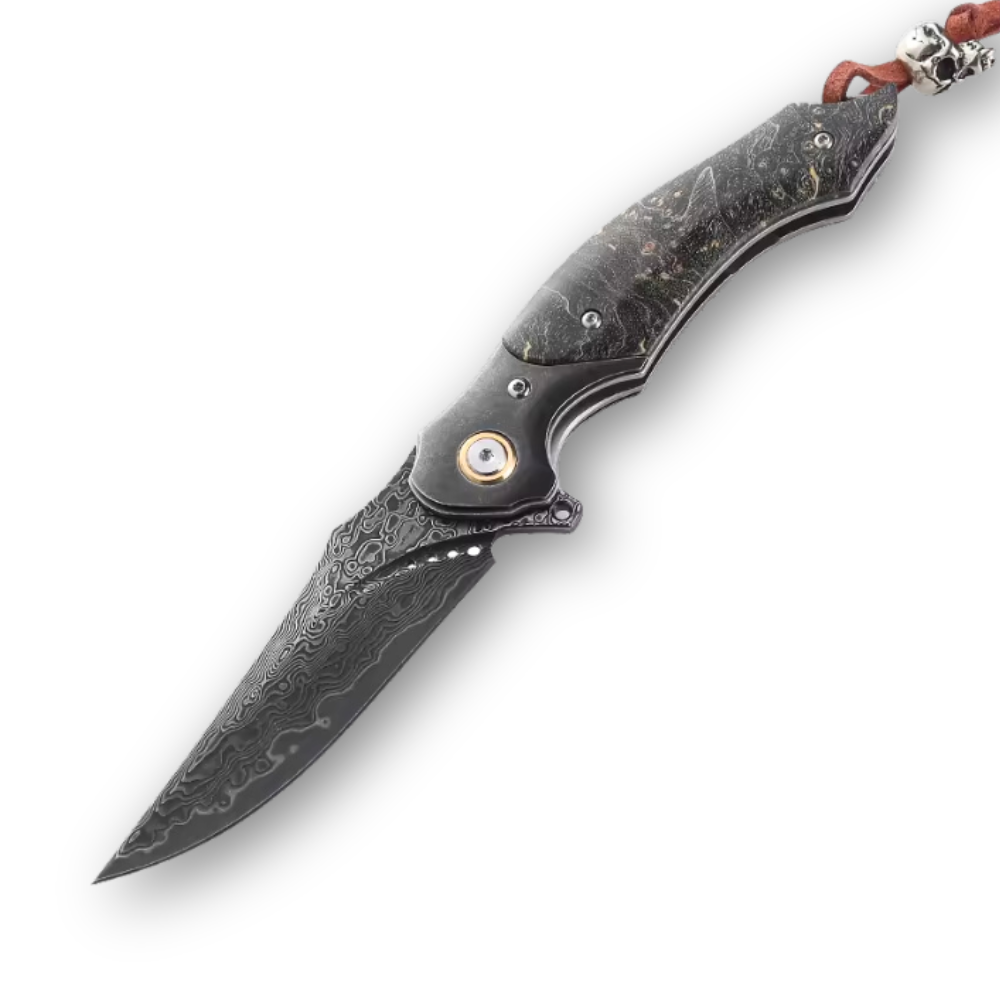
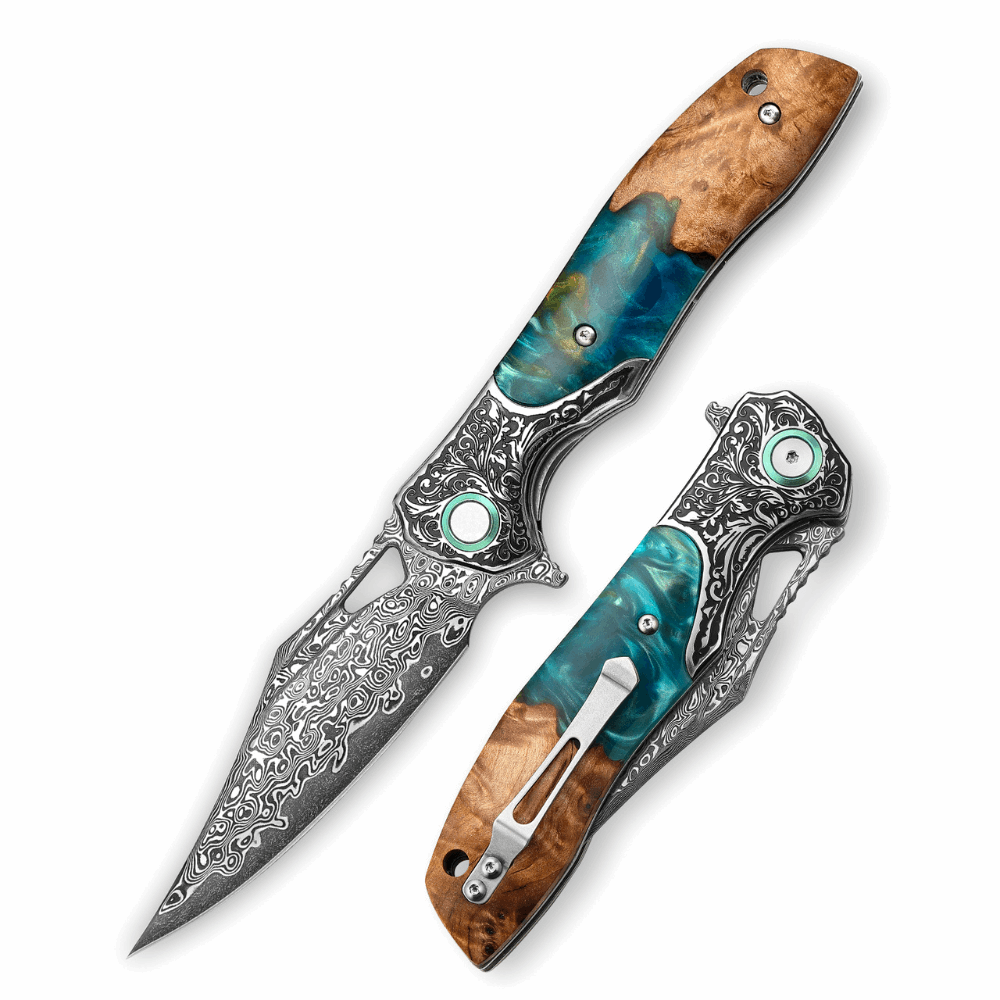
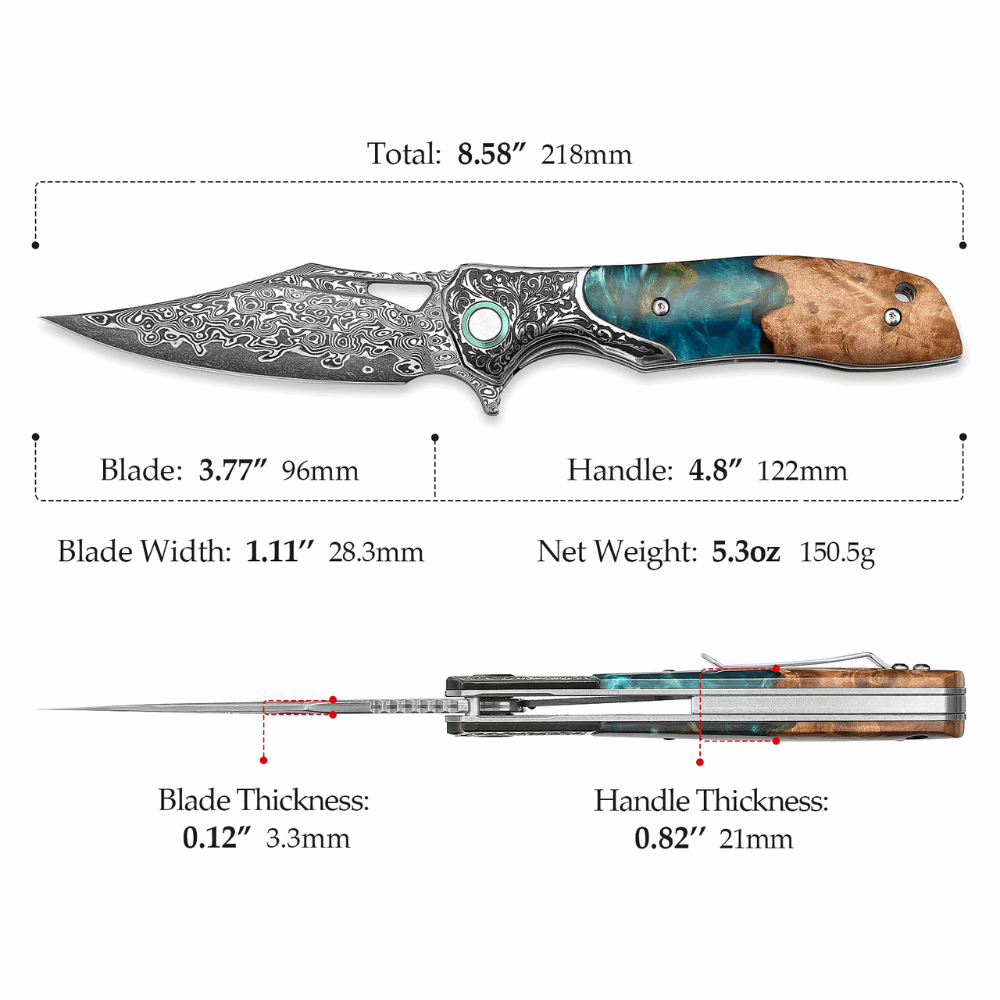
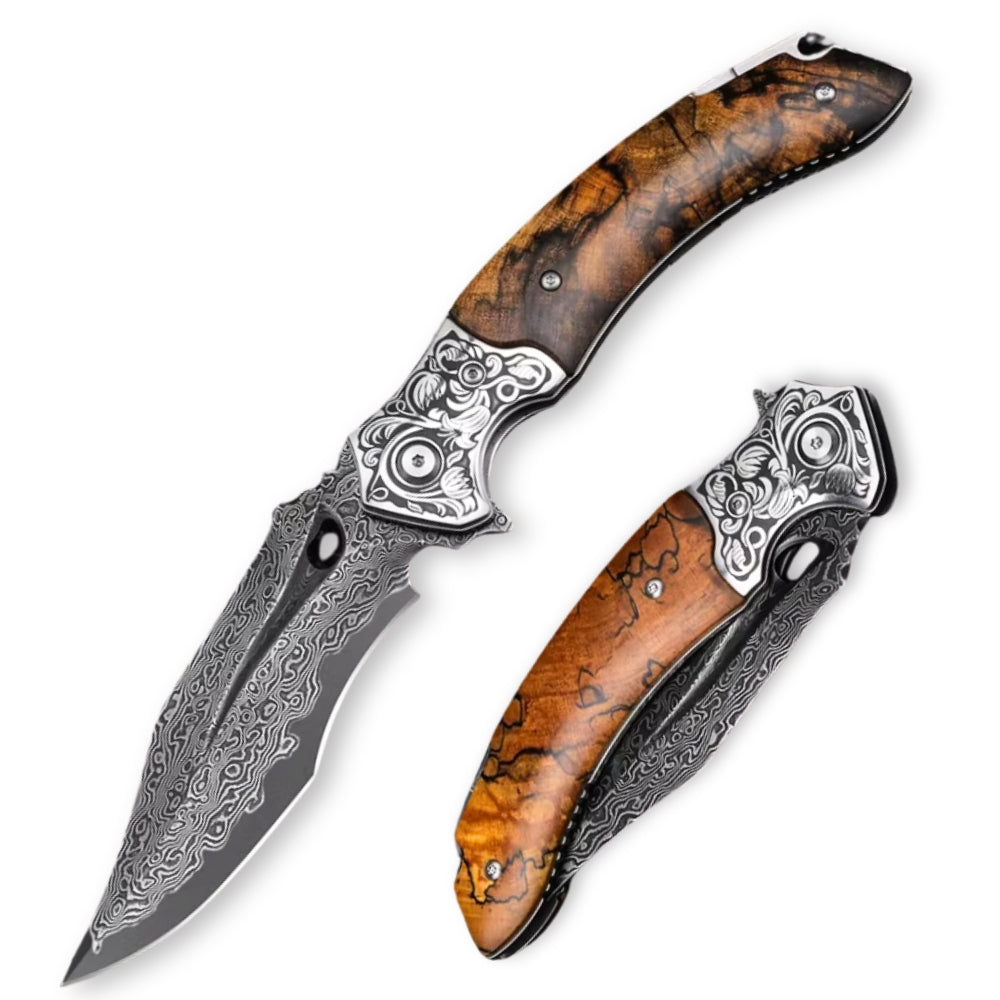
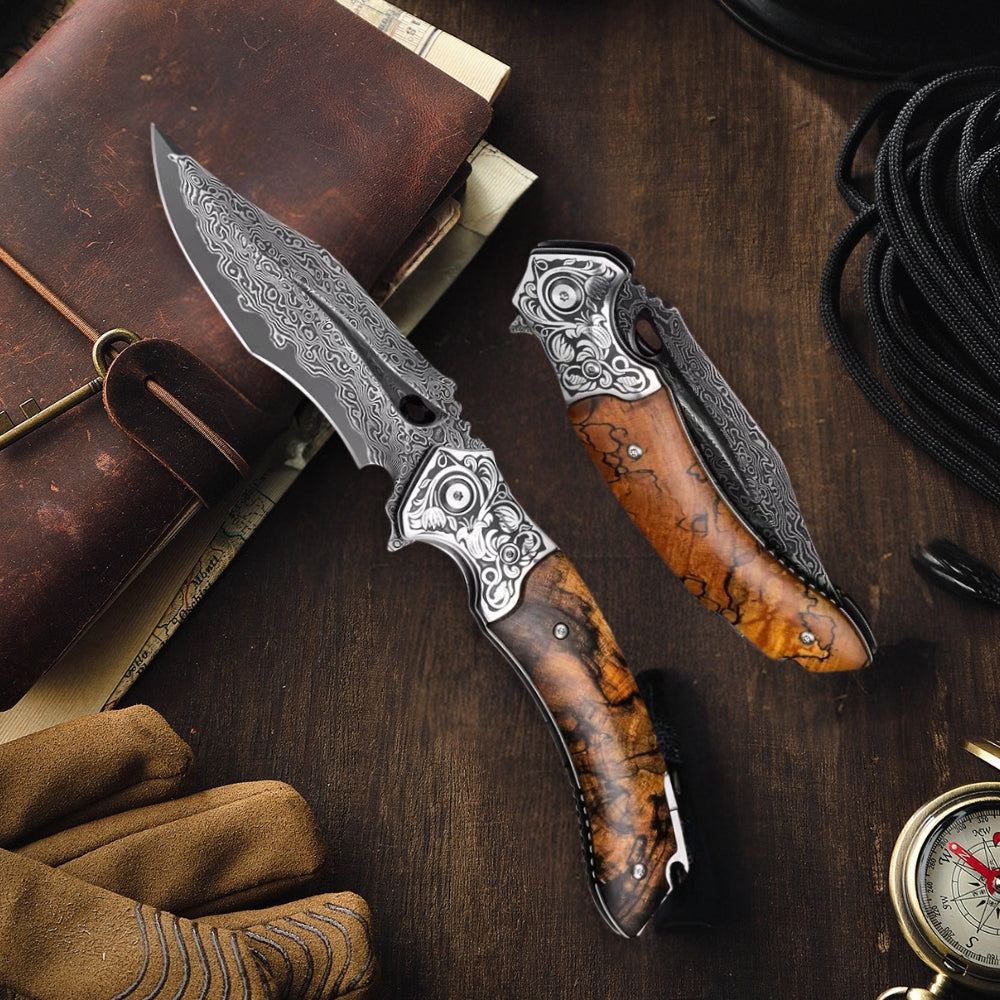
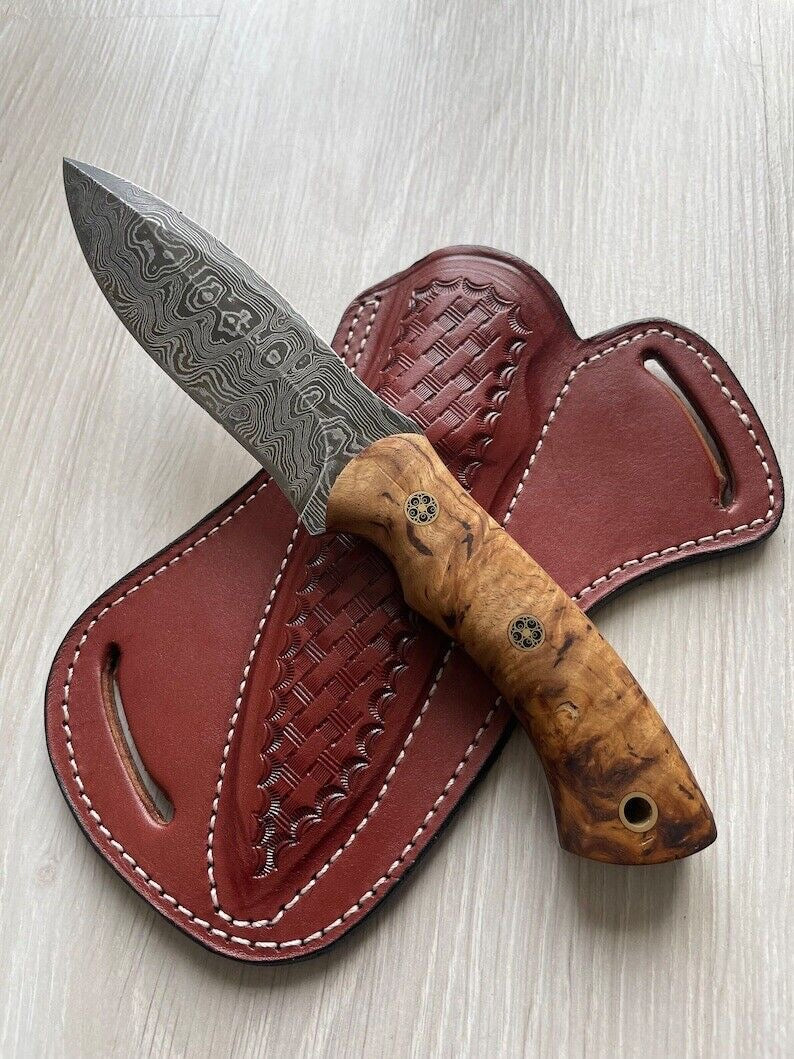
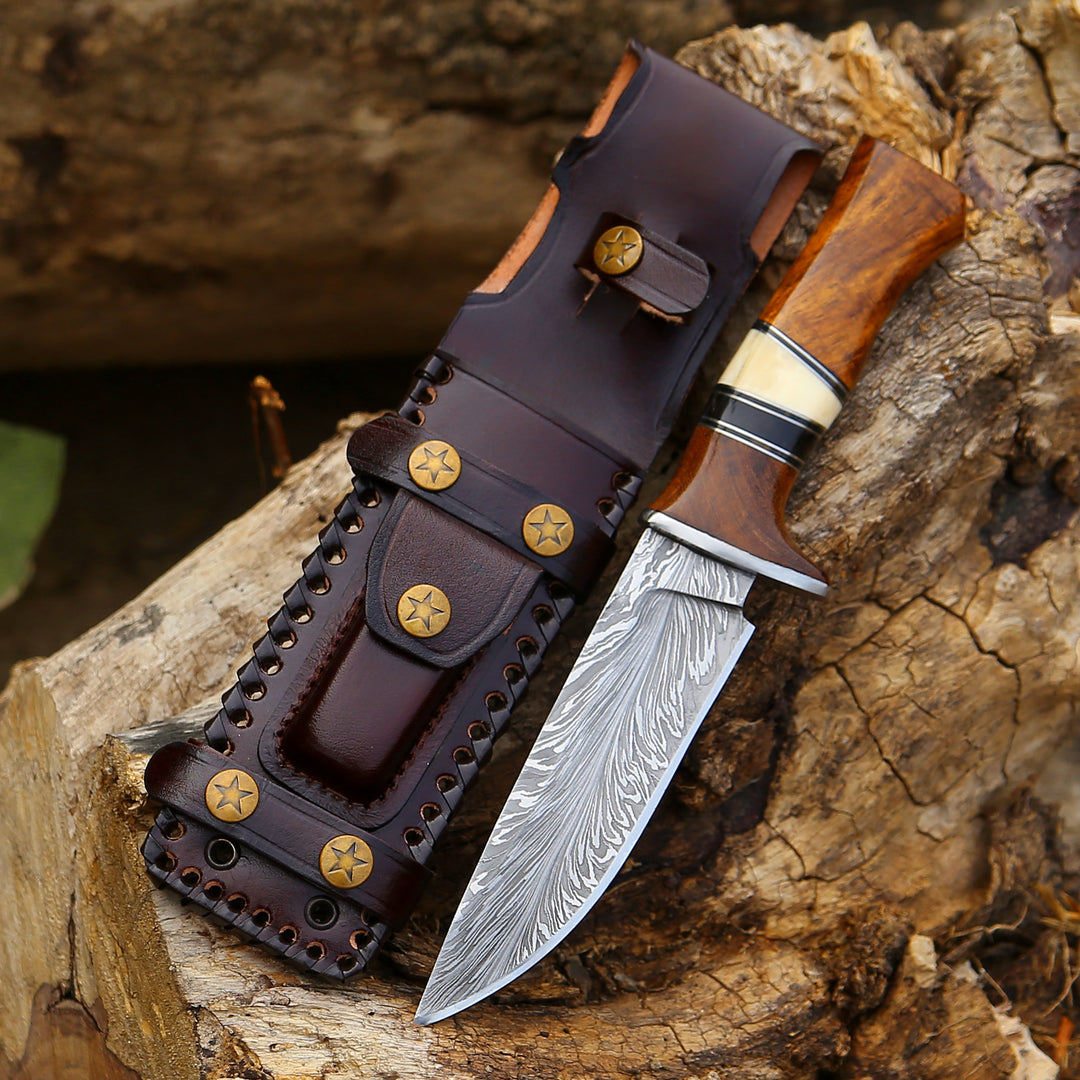
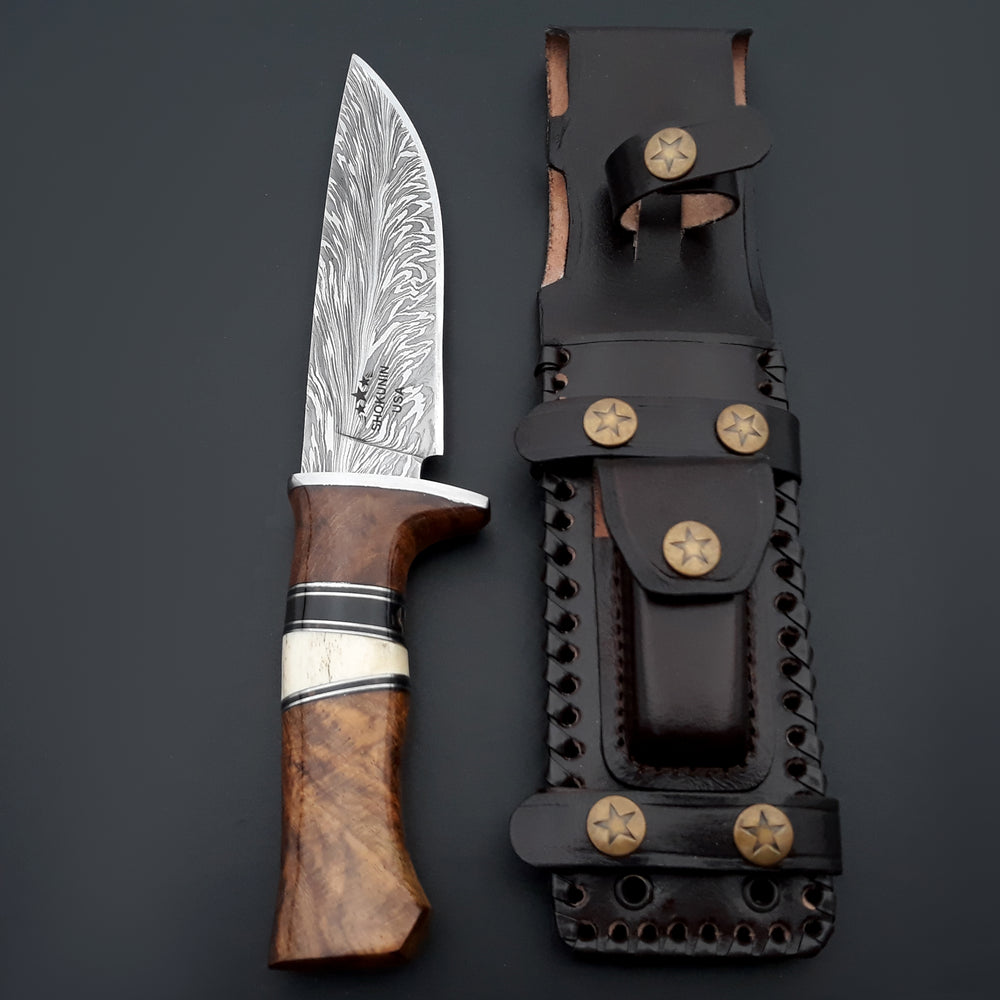
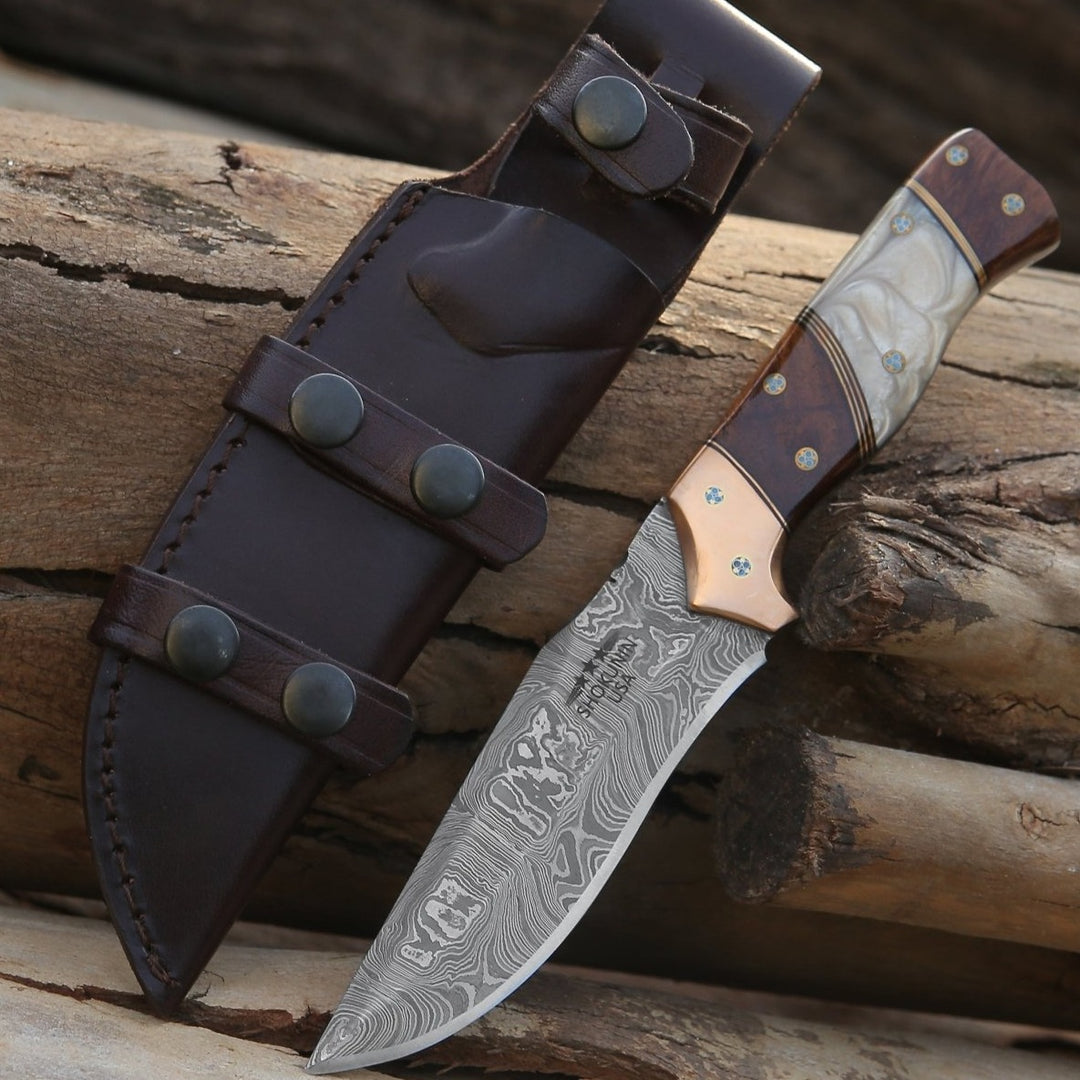
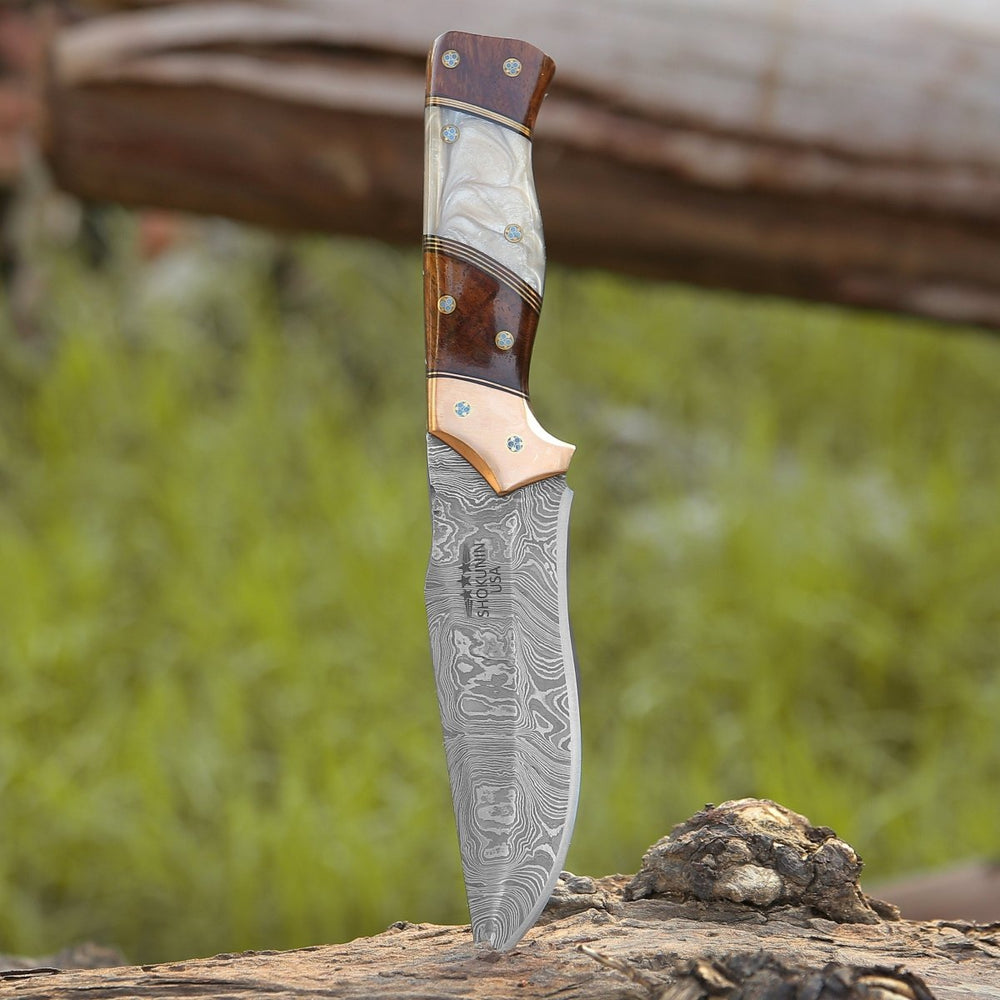
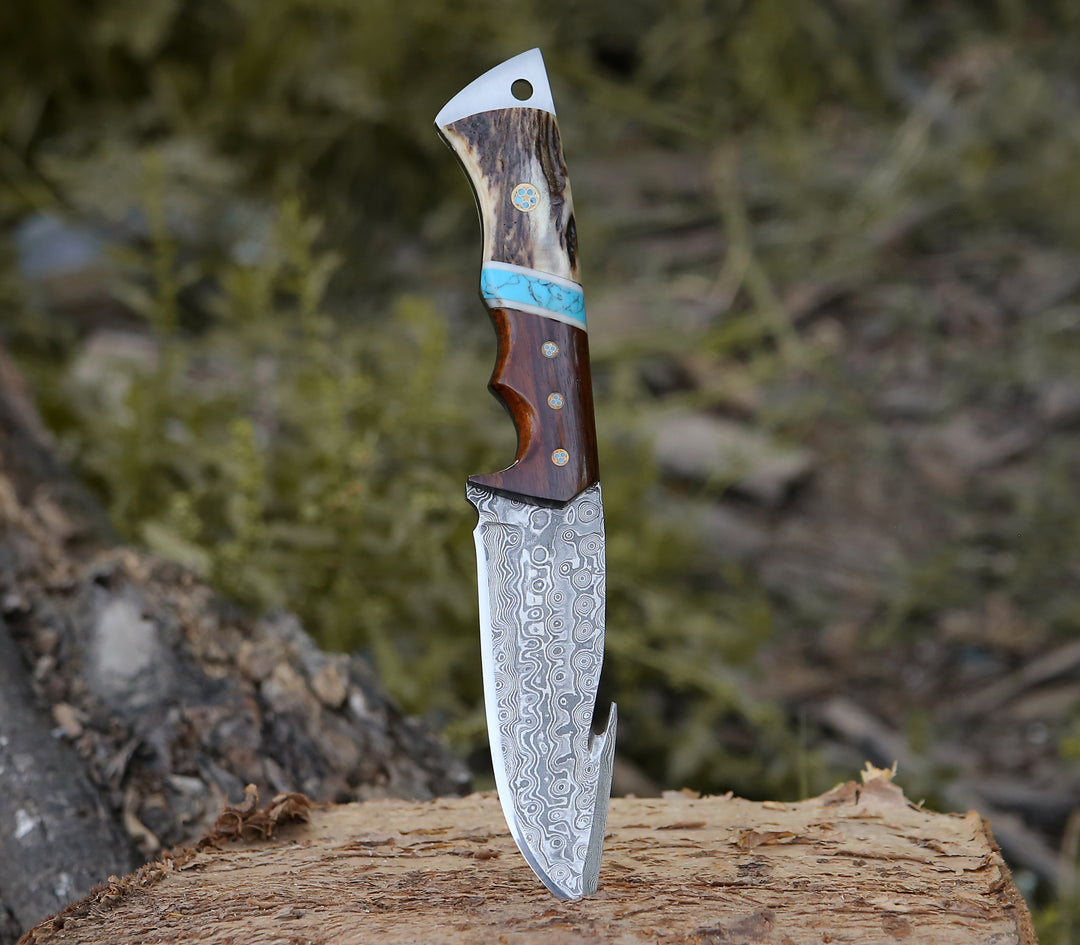
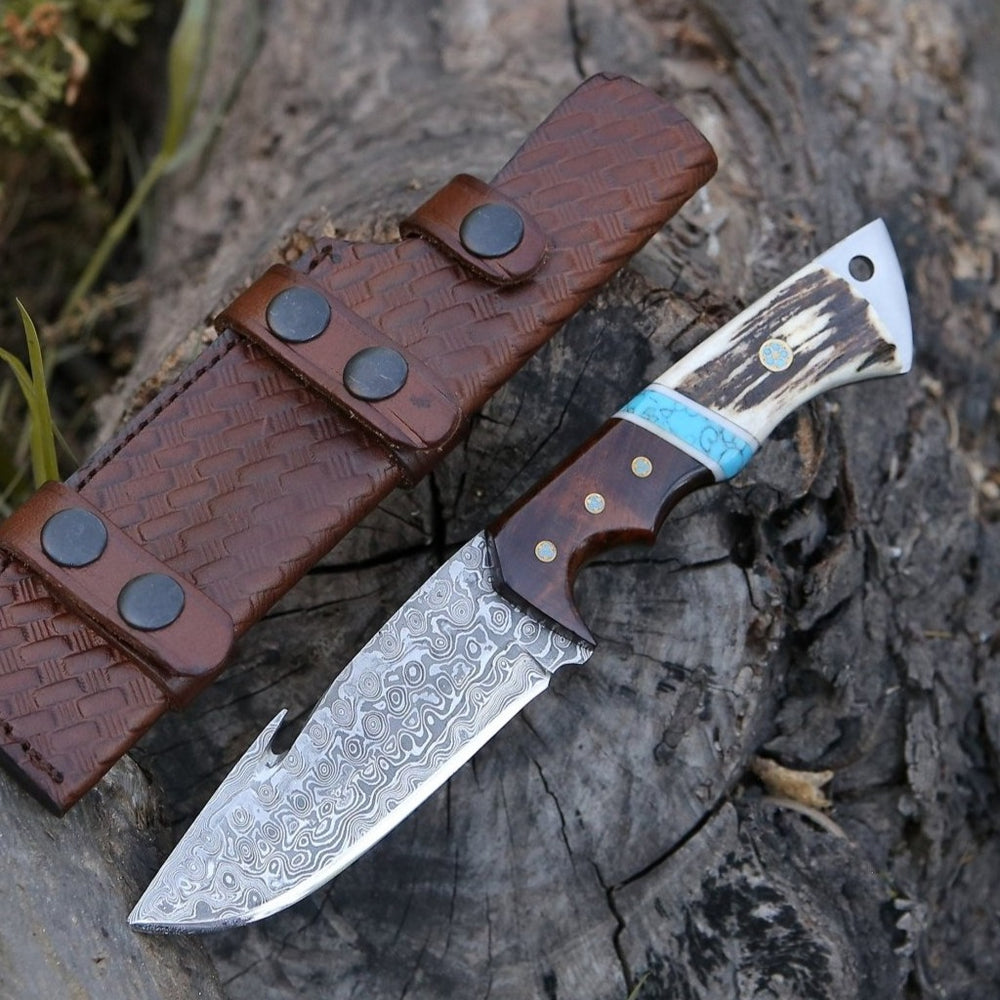
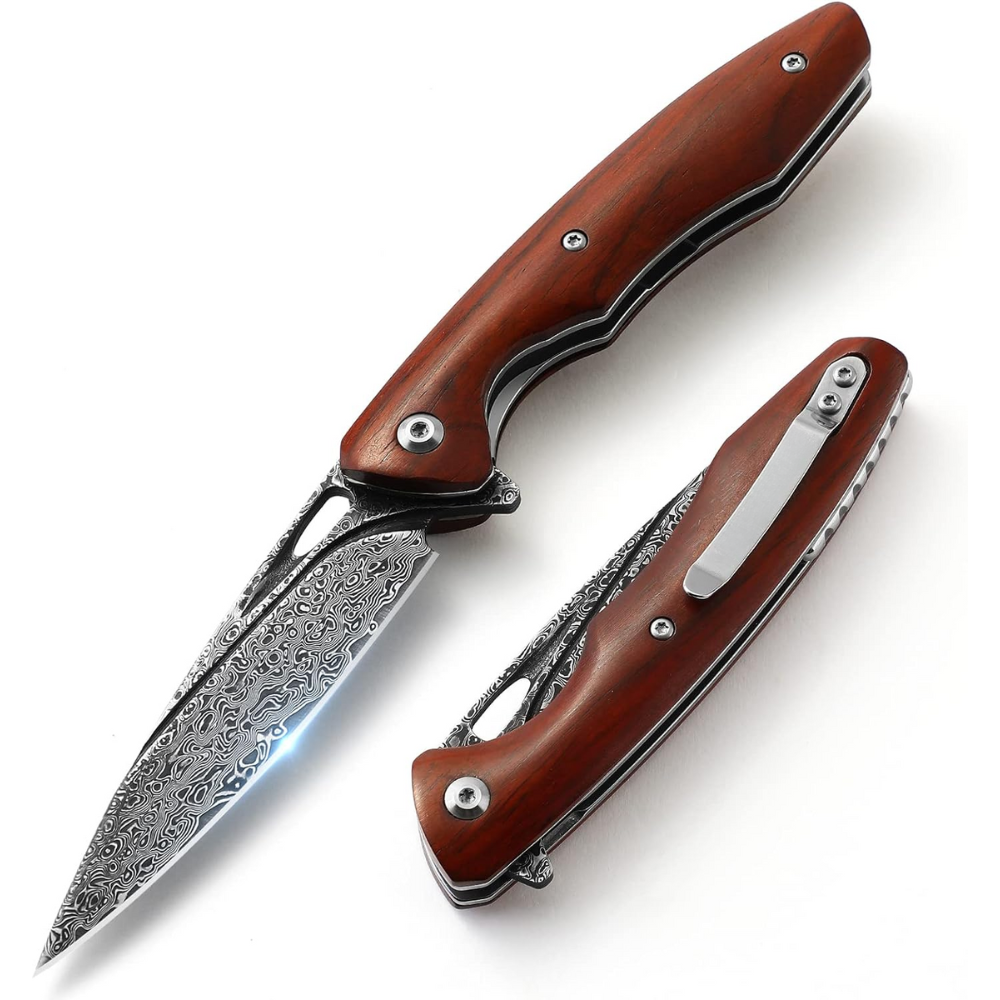
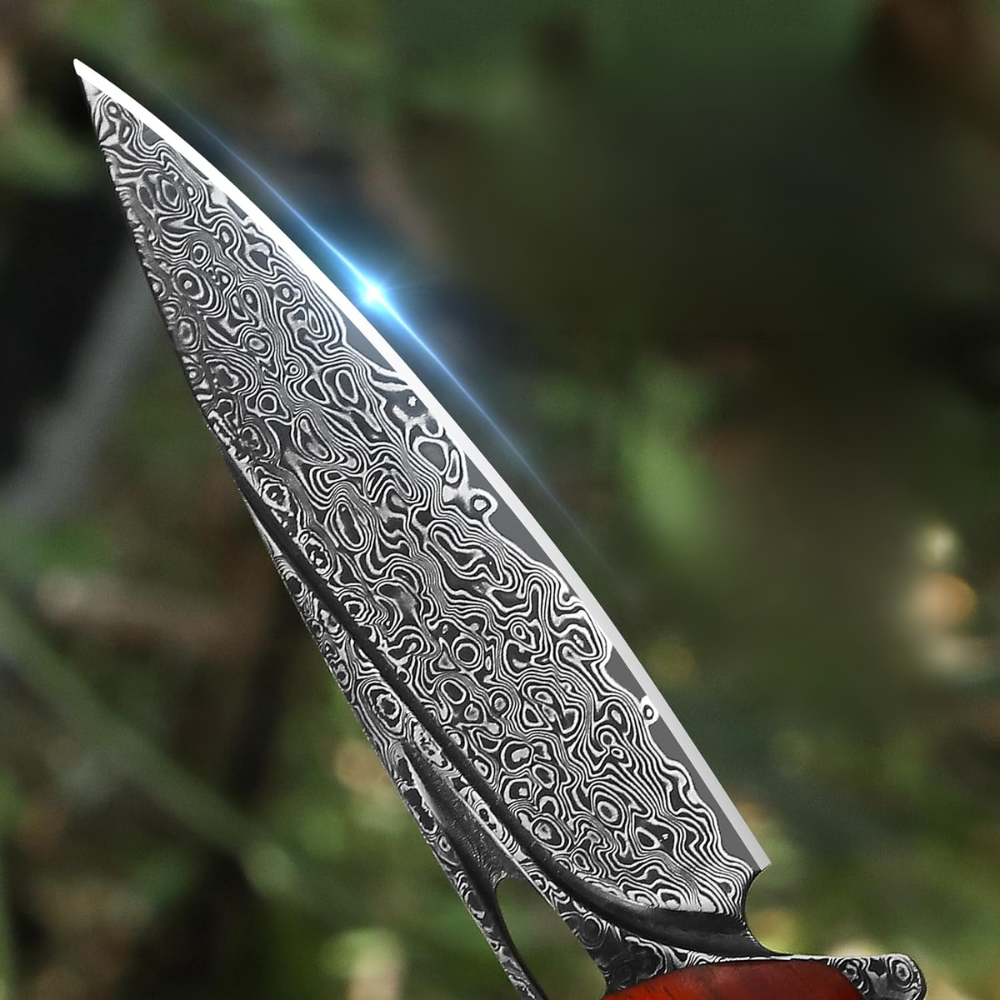
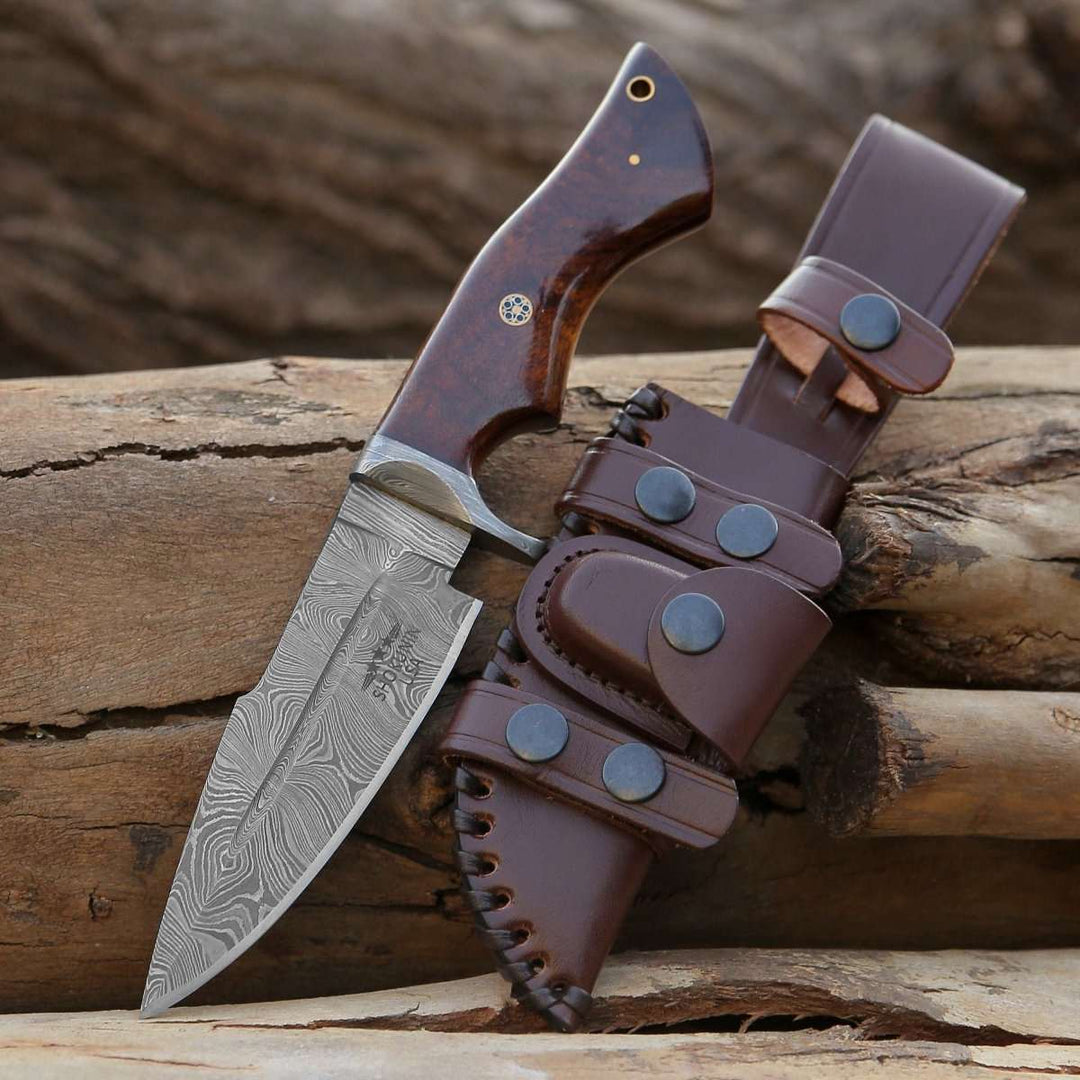
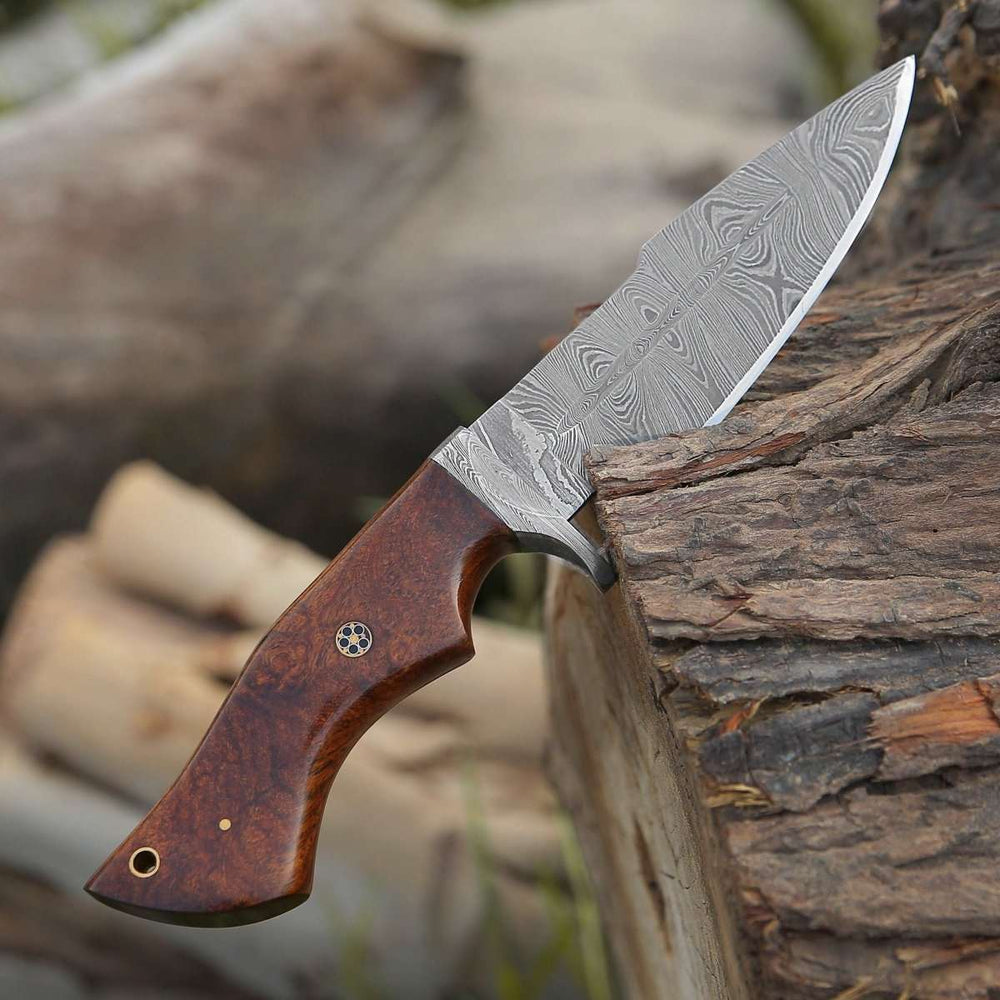
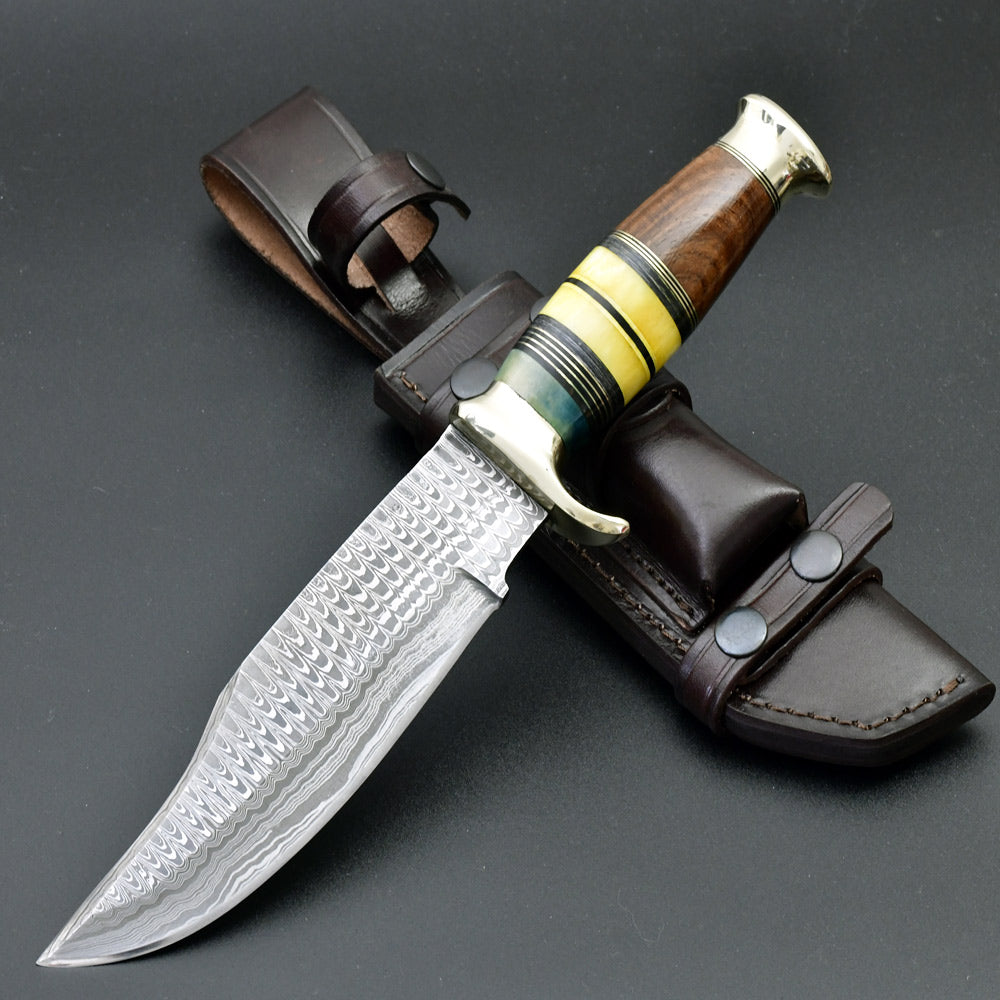
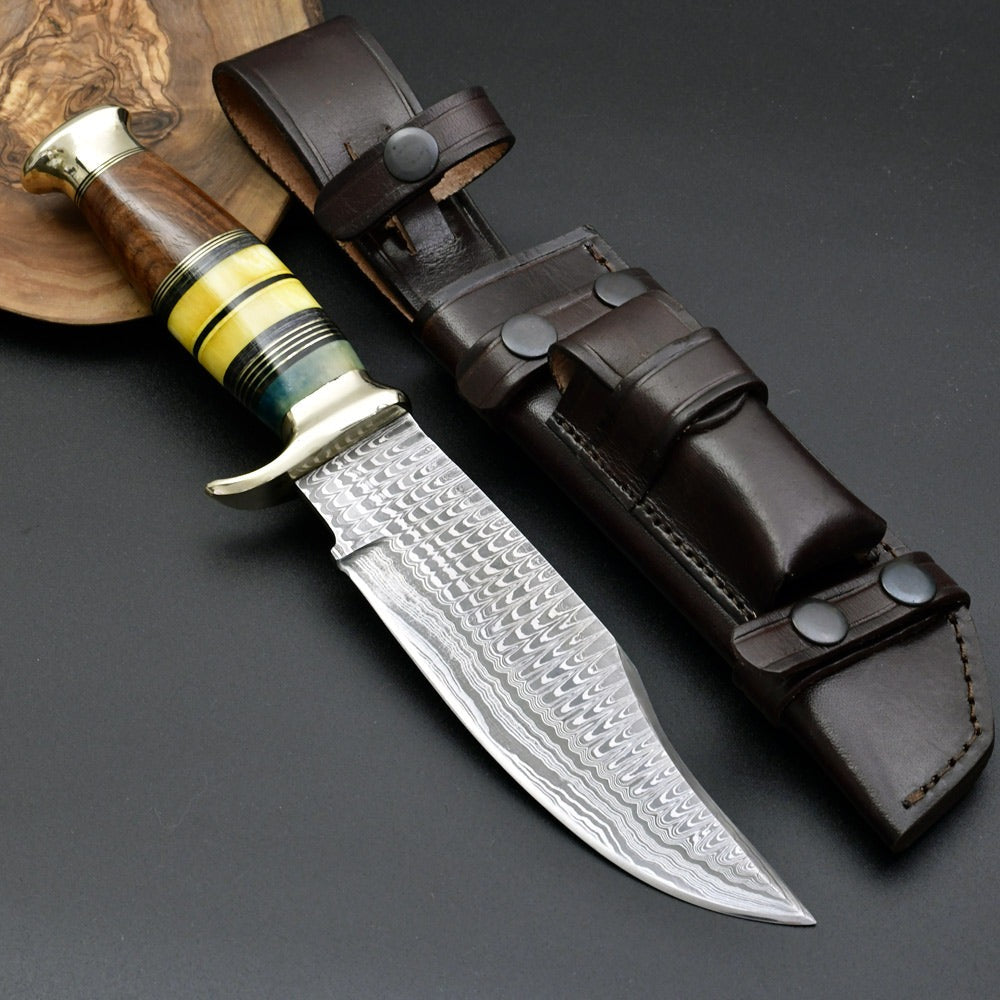
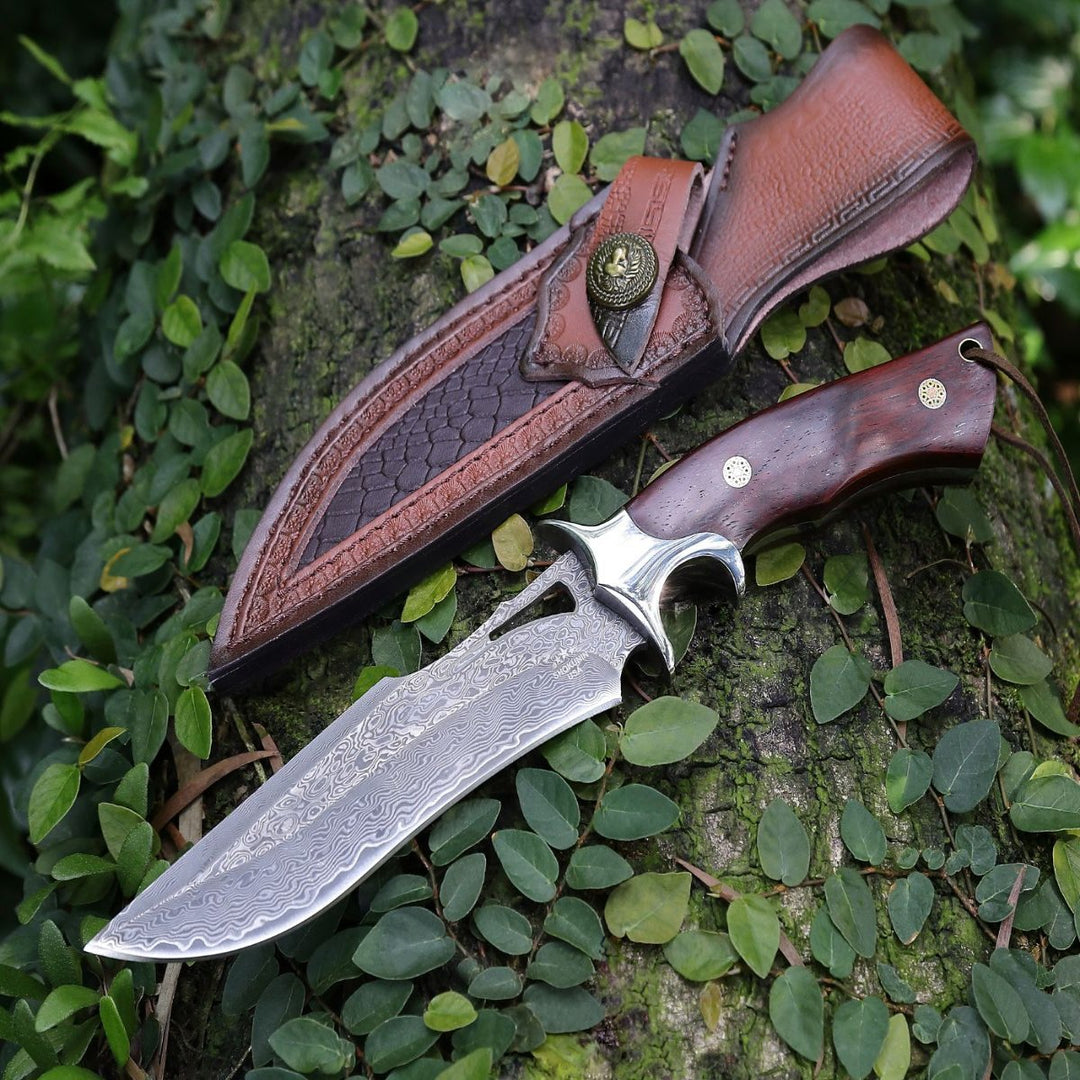
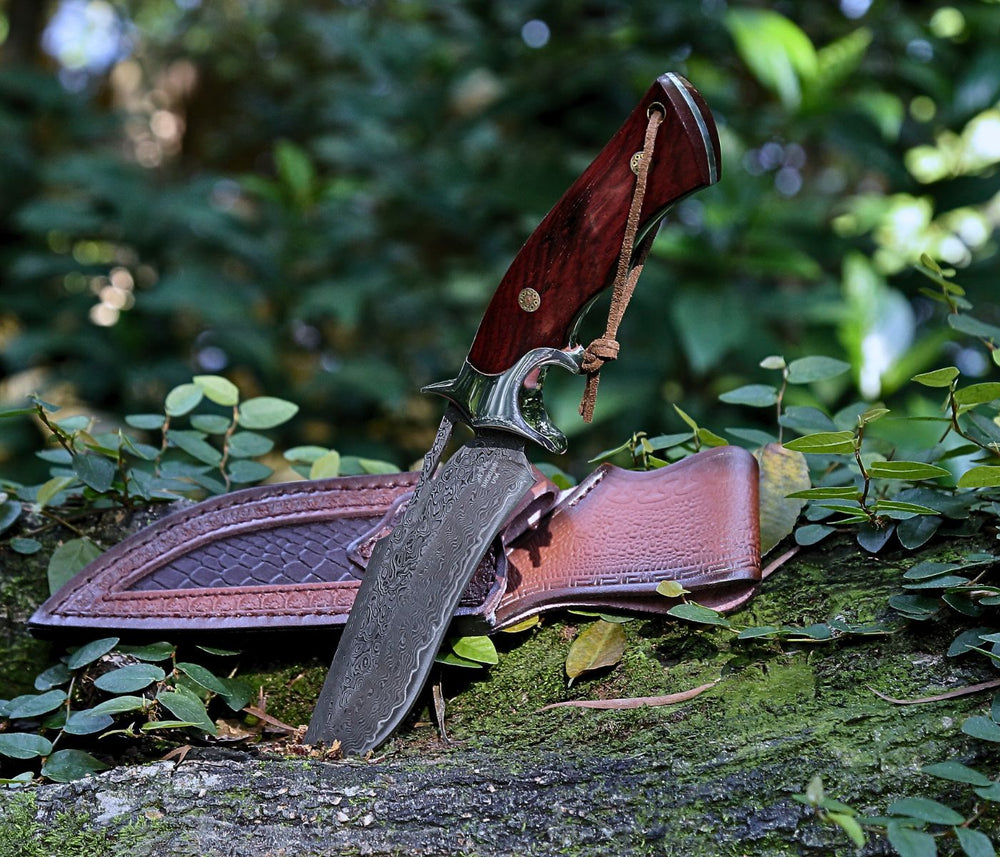
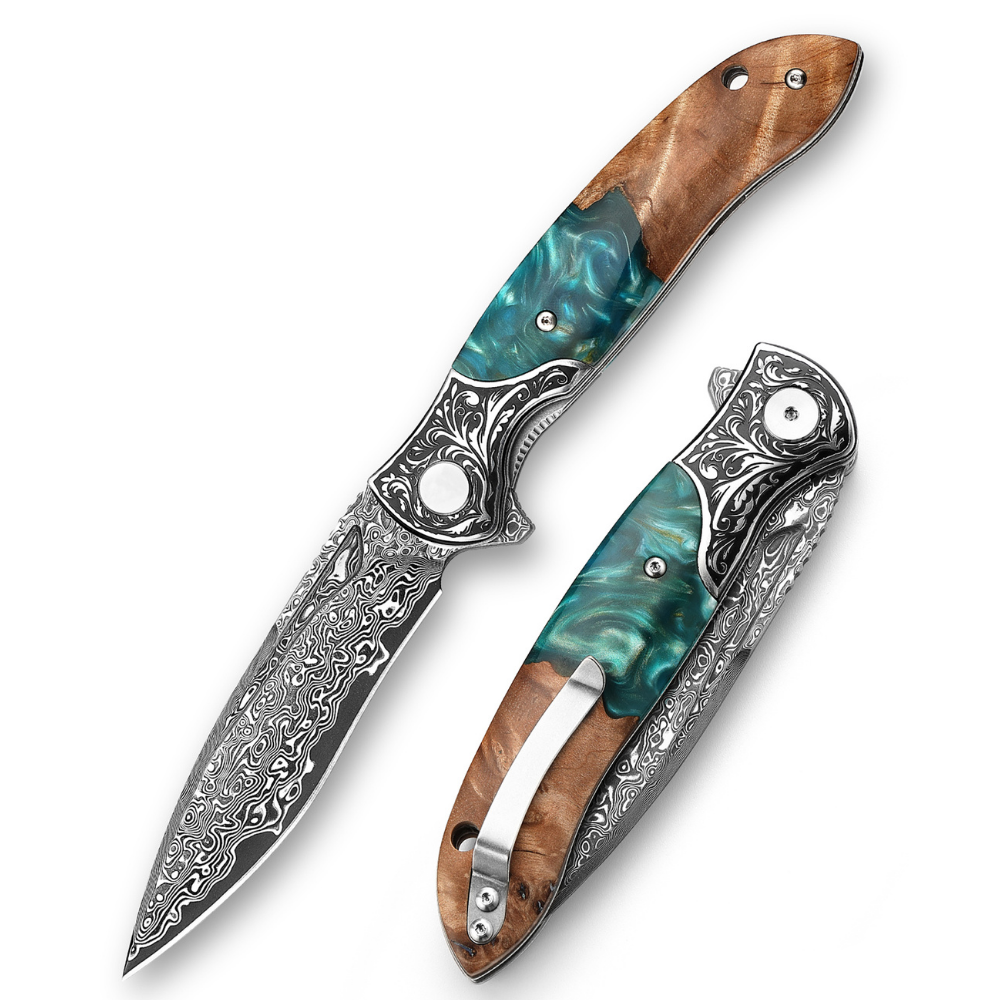
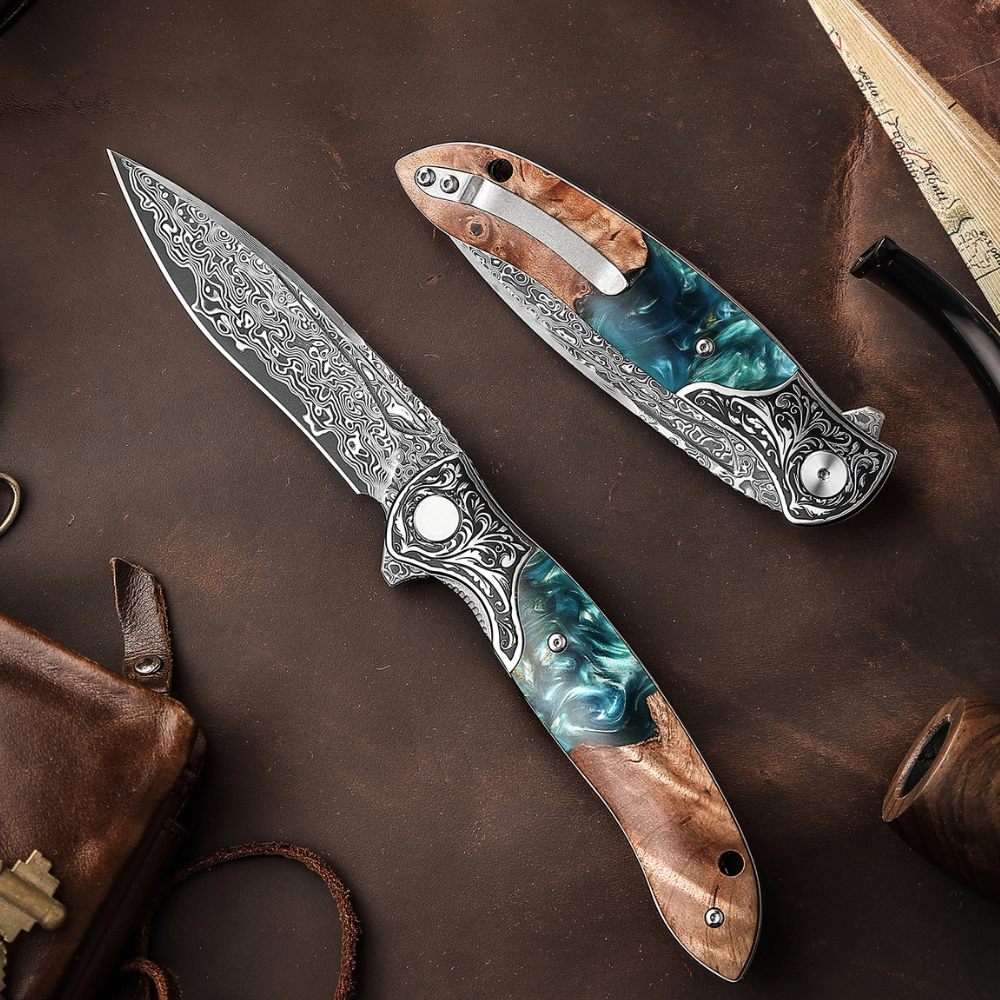
Leave a comment